END-USER LICENSE AGREEMENT FOR ISOTONIK STUDIOS SOFTWARE PRODUCTS.
PLEASE READ THE TERMS AND CONDITIONS OF THIS LICENSE AGREEMENT CAREFULLY BEFORE CONTINUING WITH THIS PROGRAM INSTALL.
This End-User License Agreement (referred to as “EULA”) is a legal agreement between an individual or a single entity (referred to as “LICENSEE”) and Isotonik Studios for the Isotonik Studios software product(s) which may include associated software components, media, printed materials, and “online” or electronic documentation (referred to as “SOFTWARE PRODUCT”). By installing, copying, or otherwise using the SOFTWARE PRODUCT, the LICENSEE agrees to be bound by the terms of this EULA.
This EULA represents the entire agreement concerning the program between the LICENSEE and Isotonik Studios and it supersedes any prior proposal, representation, or understanding between the parties. If the LICENSEE does not agree to the terms of this EULA, the LICENSEE should not install or use the SOFTWARE PRODUCT.
The SOFTWARE PRODUCT is protected by copyright laws and international copyright treaties, as well as other intellectual property laws and treaties. The SOFTWARE PRODUCT is licensed, not sold.
- GRANT OF LICENSE.
The SOFTWARE PRODUCT is licensed as follows:
(a) Installation and Use. Providing that the LICENSEE has paid any applicable license fees, Isotonik Studios grants the LICENSEE the right to install and use copies of the SOFTWARE PRODUCT on up to two computers in the LICENSEE’s possession that are running a validly licensed copy of the operating system for which the SOFTWARE PRODUCT was designed [e.g., Windows 10, macOS]. The computer(s) must be owned by the LICENSEE.
(b) Backup Copies. The LICENSEE may also make copies of the SOFTWARE PRODUCT as may be necessary for backup and archival purposes.
- DESCRIPTION OF OTHER RIGHTS AND LIMITATIONS.
(a) Maintenance of Copyright Notices. The LICENSEE must not remove or alter any copyright notices on any and all copies of the SOFTWARE PRODUCT.
(b) Distribution. The LICENSEE may not distribute registered copies of the SOFTWARE PRODUCT to third parties.
(c) Prohibition on Reverse Engineering, Decompilation, and Disassembly. The LICENSEE may not reverse engineer, decompile, or disassemble the SOFTWARE PRODUCT, except and only to the extent that such activity is expressly permitted by applicable law notwithstanding this limitation.
(d) Rental. The LICENSEE may not rent, lease, or lend the SOFTWARE PRODUCT.
(e) License transfer The LICENSEE may not transfer their license to the SOFTWARE PRODUCT to any third party. Any attempt to do so will be considered a violation of this EULA.
(f) Support Services. Isotonik Studios may provide the LICENSEE with support services related to the SOFTWARE PRODUCT for a period of 12 months following the date of purchase. Any supplemental software code provided to the LICENSEE as part of the Support Services shall be considered part of the SOFTWARE PRODUCT and subject to the terms and conditions of this EULA.
(g) Compliance with Applicable Laws. The LICENSEE must comply with all applicable laws regarding use of the SOFTWARE PRODUCT.
- TERMINATION Without prejudice to any other rights, Isotonik Studios may terminate this EULA if the LICENSEE fails to comply with the terms and conditions of this EULA. In such event, the LICENSEE must destroy all copies of the SOFTWARE PRODUCT in the LICENSEE’s possession.
- COPYRIGHT All title, including but not limited to copyrights, in and to the SOFTWARE PRODUCT and any copies thereof are owned by Isotonik Studios or its suppliers. All title and intellectual property rights in and to the content which may be accessed through use of the SOFTWARE PRODUCT is the property of the respective content owner and may be protected by applicable copyright or other intellectual property laws and treaties. This EULA grants the LICENSEE no rights to use such content. All rights not expressly granted are reserved by Isotonik Studios.
- NO WARRANTIES Isotonik Studios expressly disclaims any warranty for the SOFTWARE PRODUCT. The SOFTWARE PRODUCT is provided ‘As Is’ without any express or implied warranty of any kind, including but not limited to any warranties of merchantability, noninfringement, or fitness of a particular purpose. Isotonik Studios does not warrant or assume responsibility for the accuracy or completeness of any information, text, graphics, links or other items contained within the SOFTWARE PRODUCT. Isotonik Studios makes no warranties respecting any harm that may be caused by the transmission of a computer virus, worm, time bomb, logic bomb, or other such computer program. Isotonik Studios further expressly disclaims any warranty or representation to the LICENSEE or to any third party.
- LIMITATION OF LIABILITY In no event shall Isotonik Studios be liable for any damages (including, without limitation, lost profits, business interruption, or lost information) arising out of the LICENSEE’s use of or inability to use the SOFTWARE PRODUCT, even if Isotonik Studios has been advised of the possibility of such damages. In no event will Isotonik Studios be liable for loss of data or for indirect, special, incidental, consequential (including lost profit), or other damages based in contract, tort or otherwise. Isotonik Studios shall have no liability with respect to the content of the SOFTWARE PRODUCT or any part thereof, including but not limited to errors or omissions contained therein, libel, infringements of rights of publicity, privacy, trademark rights, business interruption, personal injury, loss of privacy, moral rights or the disclosure of confidential information.


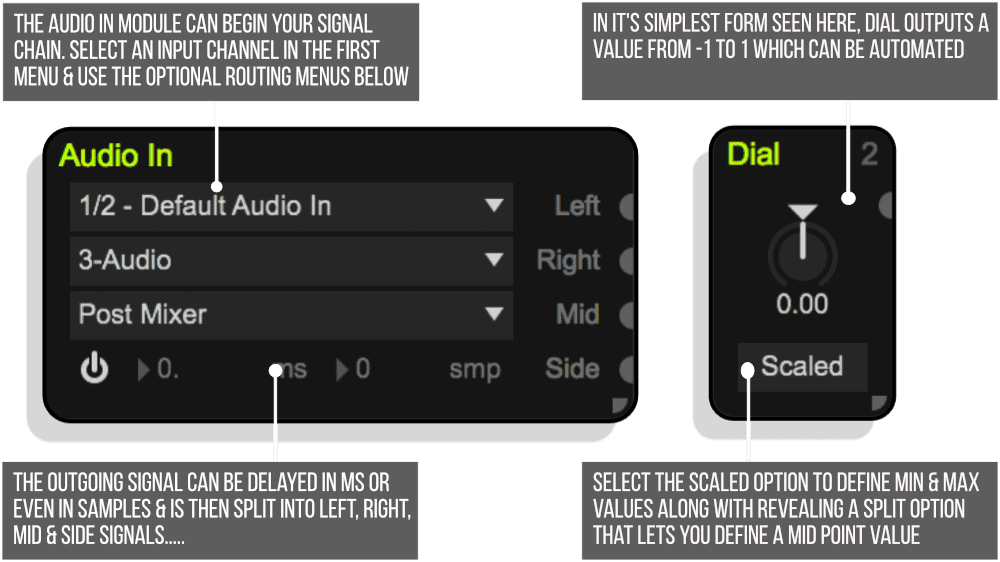

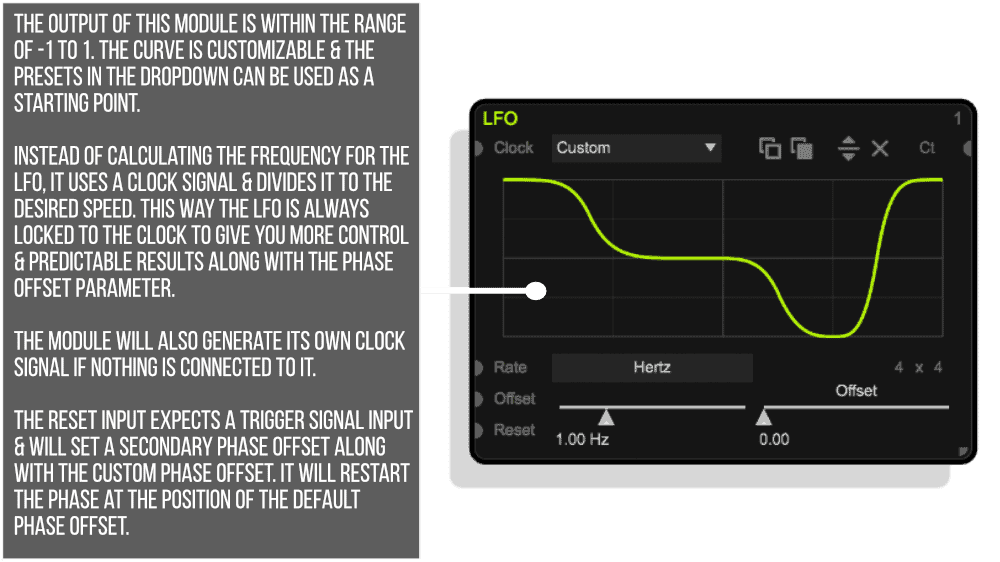
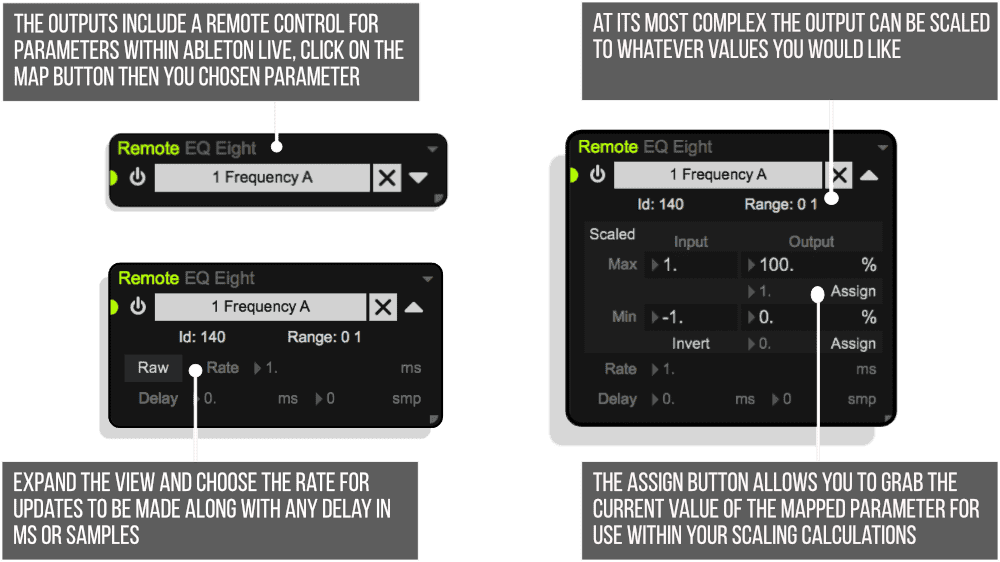
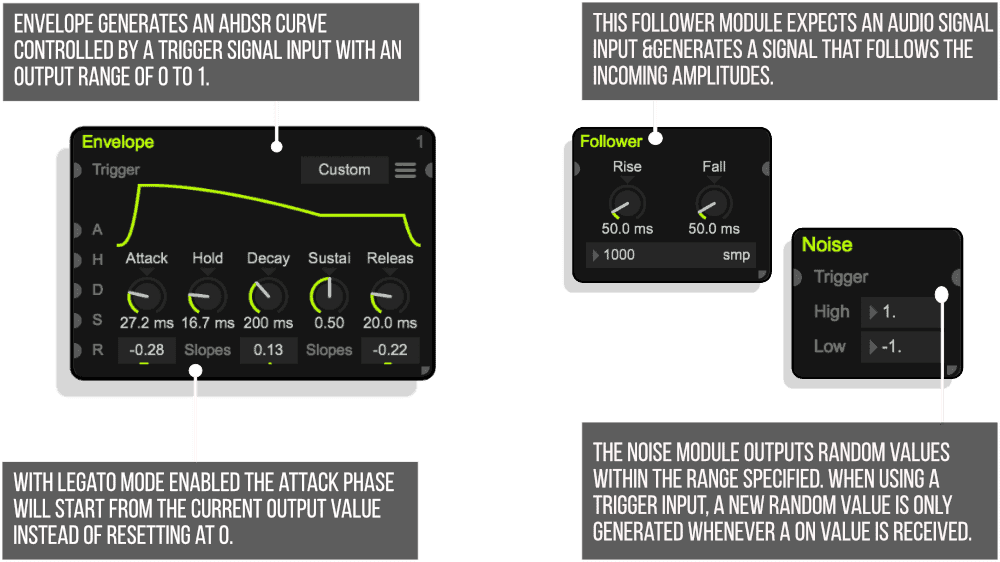
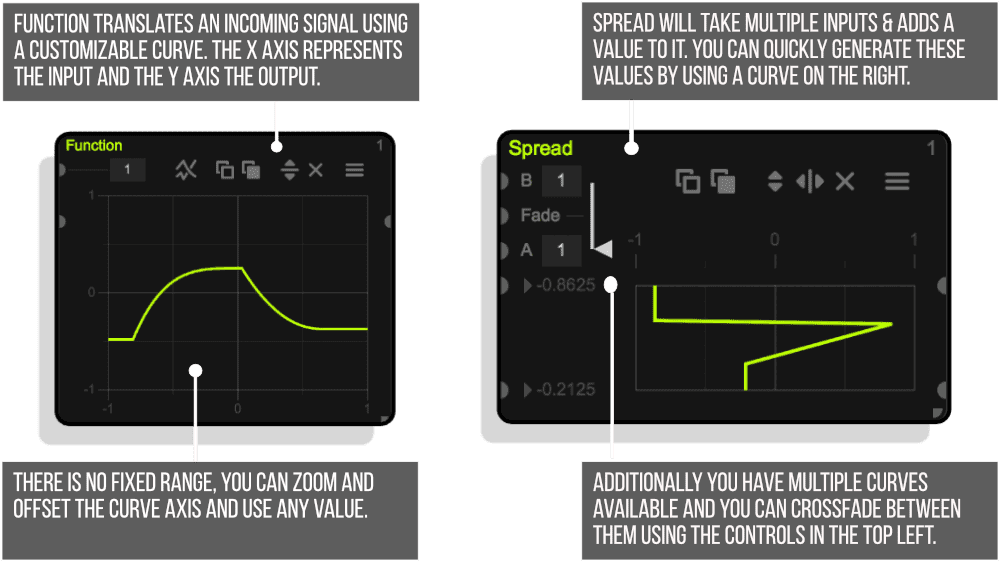

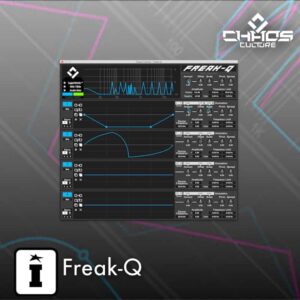
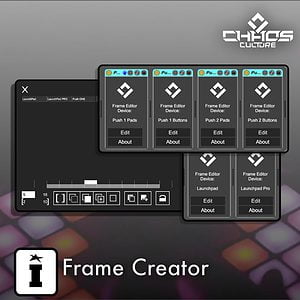
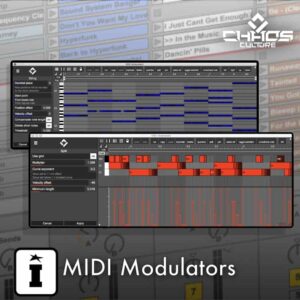
Daniel Ribeiro –
Absolutely brilliant max4live device. Turns Ableton into an entirely other beast. I know for a fact I’ll be using this for years to come 🙂
Manfred –
According to ClyphX, Signal is the perfect complement to my live set. Now I can just do things that I previously had to program myself with Max for Live.
billborez –
Absolutely love this. Just superb.
dwave10 –
One of the best M4L packages out there. Completely transforms Ableton in so many ways.
daizok –
Modulat is easiliy one of my favourite devices. Besides the vast modulation and routing options it runs like clockwork.
Nicola Sauser –
This is some serious gourmet shit!
TO –
MODULAT was easy to use even for beginners like me!
There are so many presets and templates that it doesn’t take much time to understand.
brodiem2016 –
Total Mayhem!!
petertaber –
It’s hard to remember what I did before I had Modulat. Modulat produces more flexible basic modulation than any of the Ableton’s factory M4L devices. When I want to go deep, Modulat let’s me treat my Ableton+VSTs like a digital modular rig. The developer regularly provides free updates, and is extremely responsive about issues. I can’t recommend this tool highly enough.
BLAKE HARTING –
This is such an awesome plugin. The amount of creativity you can do with it is ridiculous, and they did a great job with every little detail. Completely stable and works great.
Revo Music –
Absolutely incredible device! The most effective way how to do a lot of mappings in Ableton. It opens a totally new way of work. Also, the support from the developer is absolutely amazing, very helpful even if I needed an adjustment in the device. Big fan!
adrian lini –
Absolutely insane, wish there were more people online discussing the power of this!
Darren E Cowley (Admin) –
Just the Facebook group as far as I’m aware, but yeah totally agree!!
Andrew Richards –
The best and most important modulation device for Live, in my opinion. It makes the large number of one-off custom modulation devices redundant, including the ones Live ships with, and it’s more accurate and CPU efficient than them. If you do tricks with M4L LFOs, shapers, etc., you really want to be using Modulat, not a bunch of individual devices on a rack. Trust me.
And thanks so much for updating this for Live 12 so quickly! Works like a charm with the new relative modulation system.
Chris Connelly –
Modulat is insanely powerful and easy to use. You won’t need anything else for modulations
Joshua Grimm –
Modulat is amazing. I thought it would take months to learn and use, but it’s the perfect combination of power and usability. I made a great sounding patch immediately after reading the manual and watching the demo videos. It’s very useful and completely changes Ableton for me. Thanks a bunch!! Sebastian is one of my favorite developers for a reason!!
thibaultsp –
It’s so amazing that I can only say one thing : this is the best Ableton thing that I ever bought.
Heike Scherlie –
Incredible playground for all sorts of elaborate modulation inside Ableton. It adds so much to Ableton and unlocks so many new creative possibilities.